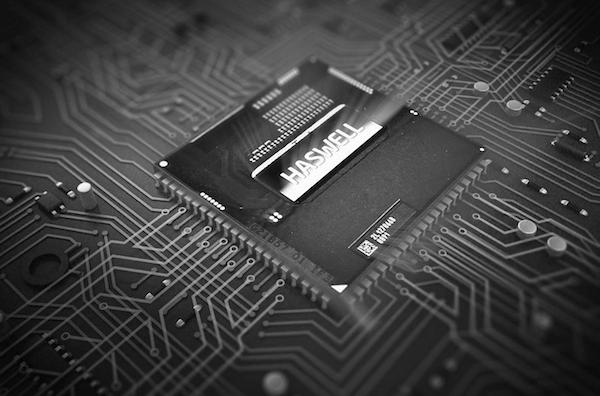While most eyes in the channel these days are squarely focused on a new generation of x86 servers based on 22nm processors from Intel, code-named Haswell, which is slated to ship later this year with DDR4 memory. But just as these servers come to market, another class of servers is starting to show up that sport 8Gb DDR3 memory.
September 5, 2014

While most eyes in the channel these days are squarely focused on a new generation of x86 servers based on 22nm processors from Intel, code-named Haswell, which is slated to ship later this year with DDR4 memory. But just as these servers come to market, another class of servers is starting to show up that sport 8Gb DDR3 memory.
While it’s not likely that anything running DDR3 is going to be faster than DDR4 systems, the one thing that solution providers in the channel would do well to remember is that DDR4 memory is going to be both scarce and sold at a premium over traditional DDR3 memory. As such, Gordon Patrick, director of Marketing for Enterprise Computing at Micron Technology, said it’s more than likely that, at least for the short term, customers will be looking for faster DDR3 memory on lower-cost X86 servers.
Patrick noted, for example, that Inspur Group, which operates mostly through Asia, just announced in early 2015 it plans to ship 2u rack servers that incorporate Micron Monolithic 8Gb DDR3 memory.
Normally shifts in memory architectures would not generate so much interest. But with the rise of in-memory computing platforms such as SAP HANA, the in-memory computing option for Oracle 12c database, and Microsoft SQL Server 2014, more customers are looking at putting entire databases and applications in memory. In fact, DRAM and Flash memory are rapidly becoming tiers zero and one for primary storage, while traditional disk-based systems are relegated to tier two. Naturally, it will take a while for this shift to play out and Intel is clearly betting heavily that DDR4 memory’s time has finally come.
But Patrick noted DDR4 requires customers to invest in new servers. While there will be just as many new servers running faster DDR3 memory in 2015, Patrick said 8Gb DDR3 memory can be plugged into the pins of existing servers. That allows customers to make those existing servers a whole lot faster in a way that doesn’t require a forklift upgrade. In contrast, there is no pin compatibility with DDR4 memory on existing servers.
Obviously, there’s a lot of excitement and hype building around Haswell processors and DDR4 memory. But once all that hype starts to dissipate IT organizations will consider their options. And chances are that when it comes to x86 servers in 2015, a significant percentage of customers are going to opt for x86 servers running DDR3 memory, which will be both less expensive and more readily available.
About the Author(s)
You May Also Like


